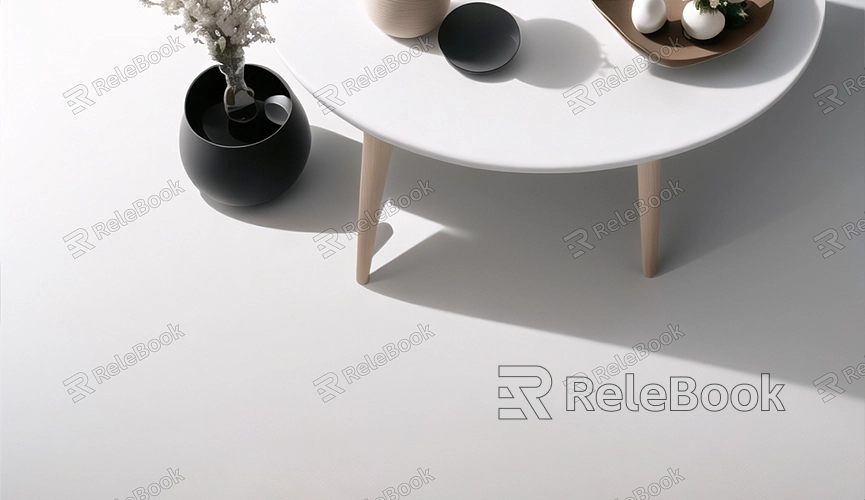How to Color 3D Printed Models
As 3D printing technology becomes more accessible, many people are venturing into creating their own 3D printed models. However, printing the model is only half the job done. To make the models more realistic and appealing, coloring them is an essential step. This article provides a detailed guide on how to color 3D printed models, including necessary tools, materials, and specific steps. If you need high-quality 3D textures and HDRI for modeling and virtual scene creation, or to download 3D models, you can get them from Relebook for direct import into your models.
I. Preparation
1. Clean the Model
Before coloring, it's crucial to clean the 3D printed model. Residual support materials and tiny particles left during the printing process should be removed using sandpaper or small tools. This ensures that paint adheres evenly to the model's surface.

2. Apply Primer
After cleaning the model, apply a layer of primer. The purpose of this step is to enhance the vibrancy and longevity of subsequent colors. Choose a white or gray primer and ensure even coverage over the entire model. Allow it to dry completely.
II. Select Coloring Tools and Materials
1. Spray Paint
Spray painting is a common method for coloring 3D printed models. It provides uniform coverage and is suitable for large areas. Select spray paints suitable for plastic materials and operate in a well-ventilated environment. Maintain a consistent distance between the spray can and the model to prevent color buildup and dripping.
2. Hand-Painting Acrylics
For detailing, acrylic paints are a preferable choice. They offer a wide range of colors, dry quickly, and resist fading. Use different brush sizes to paint precise details on various parts of the model.
3. Markers
Markers are convenient for coloring small areas and fine details. Choose markers suitable for plastic materials and pay attention to color transitions and combinations.
III. Specific Coloring Steps
1. Determine Color Scheme
Before starting to color, decide on the model's color scheme. Refer to relevant images or design drawings to plan the colors for each part systematically.
2. Coloring Large Areas
For large areas, use spray paint for even coverage. Start spraying from one angle, cover the entire model evenly, and allow it to dry before applying from another angle. This ensures uniform color coverage without missing spots.
3. Detail Coloring
Use acrylic paints and brushes for small areas and intricate details. Choose smaller brushes for finer parts and larger brushes for broader sections. Be meticulous to avoid color spills.
4. Masking and Layering
When coloring different parts, use masking techniques to prevent color overlap. Use masking tape to cover areas that shouldn’t be painted, then proceed with coloring. Allow each color layer to dry completely before applying the next.
IV. Post-Processing
1. Apply Protective Coating
To preserve the colors of the model, apply a layer of transparent protective coating after coloring. This coating prevents color fading and wear while enhancing the model's glossiness. Ensure even coverage and allow it to dry completely.
2. Detail Touch-Ups
After coloring, inspect the model for any imperfections and make touch-ups as necessary using small brushes and paints. This step ensures the model looks polished and flawless.
V. Display and Storage
Once colored, display your 3D printed models in a showcase. Avoid direct sunlight and humid environments to prevent color fading and model deformation.
Coloring 3D printed models is a patient and meticulous process, but following the correct steps and techniques will make your models more vibrant and realistic. If you need high-quality 3D textures and HDRI for modeling and virtual scene creation, or to download 3D models, Relebook provides direct downloads of textures and 3D models for immediate use in your projects.

